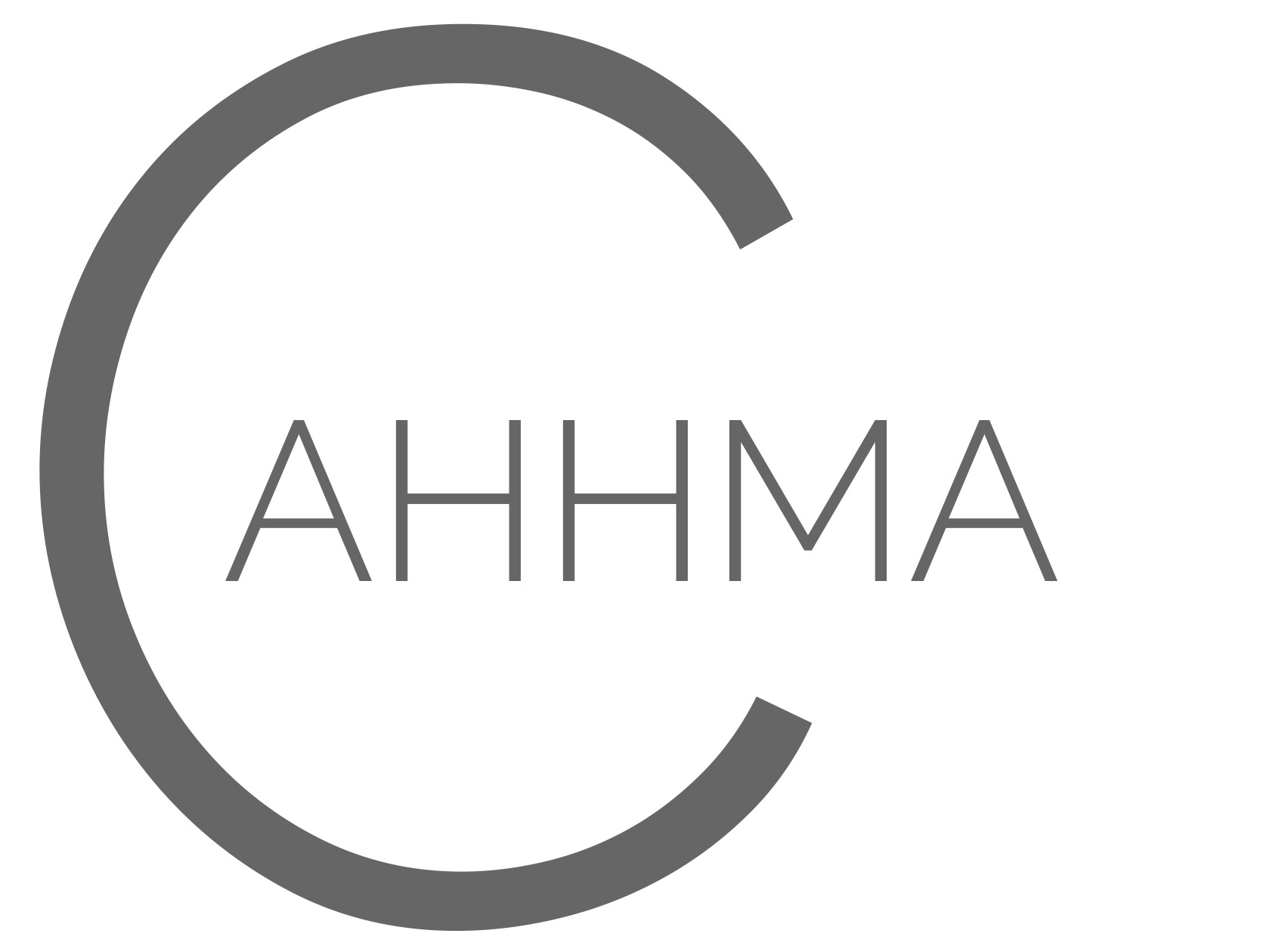On Wednesday, August 8, the Capital Plan Development Task Force presented their Preferred Service Delivery Model recommendation to our hospital Board:
“THAT the Capital Plan Development Task Force recommends to the MAHC Board of Directors that the Two Acute Site Model be selected.”
“The Two Acute Sites model proposes to maintain core acute care services at two sites, including inpatient beds, emergency departments, general surgery, obstetrics and intensive care. These would be supported by other core diagnostic services and allied health and support services in both sites. Specialty surgeries and programs such as Chemotherapy and Complex Continuing Care that are currently single sited, are proposed to continue to be in one site only. The future model also proposes to add a Stroke Rehabilitation Unit and MRI capabilities at one site.”
The two other models considered were a Single-Site model and a Two-Sites model with one Inpatient Site and one Outpatient Site.
The Task Force is to be commended for arriving at their recommended model.
The previously recommended model submitted to the Ministry of Health in October 2015 was for a single-site hospital centrally located between Huntsville and Bracebridge. It failed to take the municipal impact into consideration. This time the Task Force recognized that planning for a new hospital outside a designated urban centre didn’t make sense. Therefore any Single-Site model meant the one hospital would have to be in either Huntsville or Bracebridge.
This would have severally impacted the access to care for many Muskoka and area residents. Many of us already experience high average travel times. A single-site model would increase that to the point where Muskoka and area would have the second longest travel times to acute care in a sub-geographic region of Ontario. The Task Force appears to have found this unacceptable.
The Task Force report indicated that the space requirements of each of the three models were very similar. A financial analysis determined that the cost to build the three different models was so similar in scale that this should not be used to differentiate between the models.
While the Single-Site model had lower operating costs, the Task Force recognized that efficiencies do not necessarily translate into better clinical outcomes. This time the Task Force acknowledged what many of us already know; that the current funding formula disadvantages medium size hospitals such as MAHC and this needs to change. To their credit, they assumed that adjustments to the funding formula going forward would be made.
However the most important rationale for selection of the Two Acute-Sites Model was the overwhelming community support that this model had. At every community engagement session or stakeholder meeting the message was unambiguous. The community continued to strongly support a Two Acute-Sites model. The physician community felt this was the best model. Municipalities that would likely be called on to raise the lion’s share of the Local Share money clearly preferred the Two Acute-Sites model.
“Community and Municipal support were deemed to be a critical success factor. Without these, no model would proceed and no local share could be raised.”
The report is available on MAHC’s website and I encourage people to go and read it for themselves.
However, all is not rosy. The Task Force report identifies the capital cost for the recommended Two Acute-Sites model as being between $470M and $530M. That translates into an expected local share of $120M to $160M. That’s a lot of money for both the Province and the residents of Muskoka to come up with.
The Task Force report indicates that estimated costs are based on a new build approach for both sites. What happened to utilizing some of the existing facilities and renovating where possible?
As my good friend Lyle Payne used to say “It’s a long way from the house to the barn.” The Ministry of Health’s Capital Planning Process involves five stages and can take up to 15 to 20 years to complete. The model is refined at various stages and can dramatically change along the way. In 2015 it was a Single Site, today it appears to be a Two Acute-Sites model. What will it be in 2025? We need to stay involved, be vigilant and ensure we preserve the best model for our future.
Finally, I need to speak to the manner in which the Hospital Board has decided to deal with the Task Force’s recommendation. At the public Board meeting, the report was presented to the Board by the Task Force. Then Board members were asked if they had any questions or concerns. Two Board members asked a few questions. That was it.
The Chair of the Board then announced that the Board would be discussing the report in detail at an in-camera (that means private, closed to the press and public) Board meeting, after which “the MAHC Board will communicate the outcome of its deliberation” on Friday, August 10.
While I would be very surprised to see the Board not endorse the recommended model, I cannot fathom why these deliberations need to happen in secret. So much for openness and transparency!
Sven Miglin was on the Board of Directors of MAHC for 6 years (2007 – 2013), two of which he was the Chair.
BY DOPPLER SUBMITTED ON
